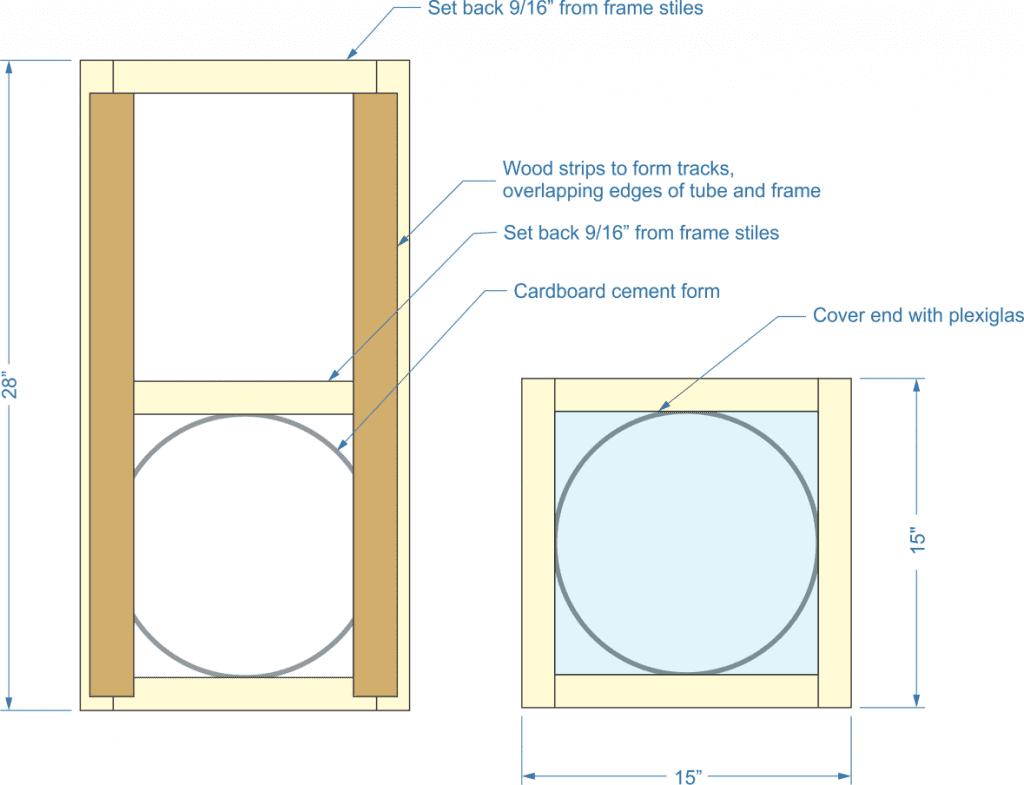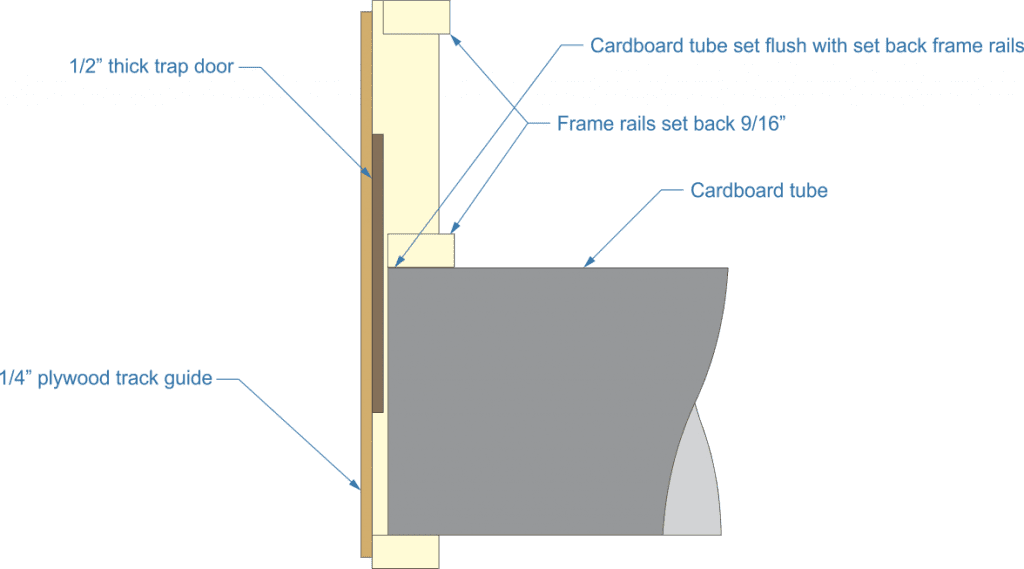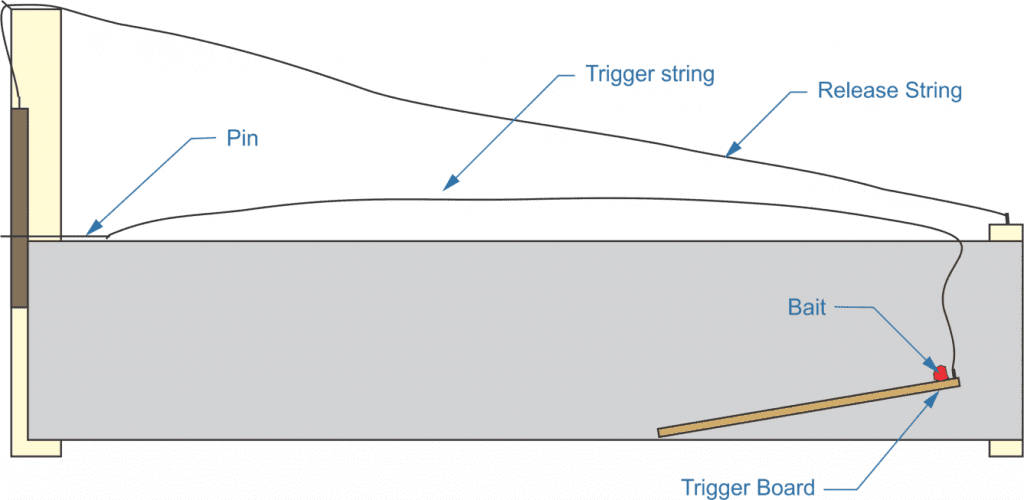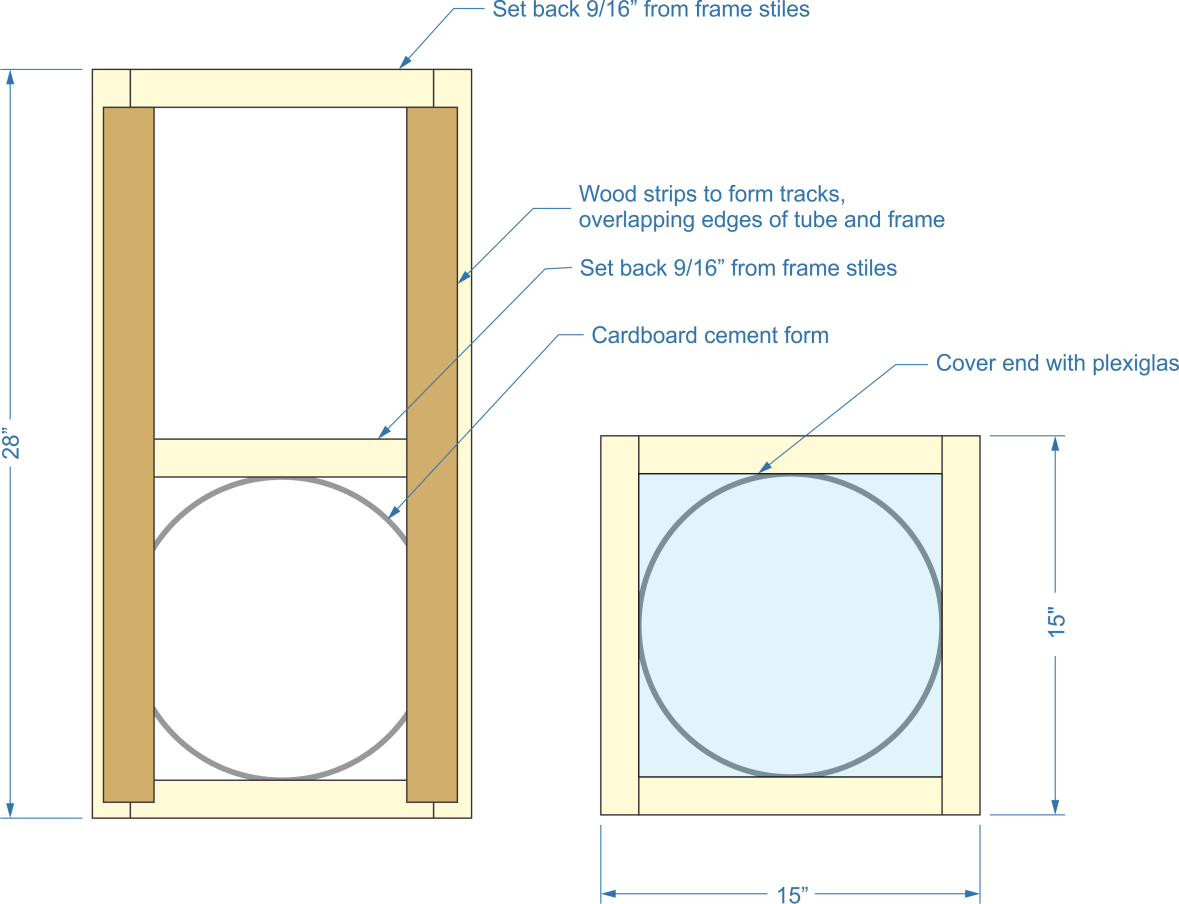Skunks and insects are pests. Unlike insects and other problems, though, if there’s a skunk prowling around the property, there’s always a chance of that skunk spray spraying the property owner, visitors, children, other small animals, and pets.
When that skunk call happens, the pungent odor of sprayed skunks stays around for days, making for a very uncomfortable home life. Many of the “tricks” to eliminate the smell of a skunk spray don’t work all that well, forcing us to wait out nature.
It’s possible to have a few skunks without even knowing it. Skunks are nocturnal creatures, which is at least part of why so many of them are killed by passing automobiles. They live in underground burrows, like foxes, badgers, and many other small animals.
Sometimes, they dig their burrows and sometimes take over something they find. Their powerful forelegs make catching a few skunks while digging a hole relatively simple.
Unfortunately, taking a “live and let live” attitude with a skunk spray is impossible. While skunks aren’t aggressive animals and will tend to leave humans alone, all it takes is for the skunk to become angered and feel threatened or frightened for it to spray.
Fortunately, they usually give warning before spraying by stomping their feet and raising their tail, so encountering homemade angry skunk’s smelly spray, or angry or frightened skunk that’s stinky spray from behind one ruined lawn, doesn’t automatically mean that one will be sprayed. They also bite and can be carriers for rabies.
Getting Skunks to Move On Down the Road
Before trying to live trap a skunk, it might be worthwhile to make it leave on its own. Surprisingly, skunks have a highly developed sense of smell and are repulsed by some strong smells, even if it seems they aren’t bothered by their smell. So it is possible to get skunk spray to get rid of the skunk odor that skunk steps have on them by using aromatic repellants, such as:
- Cayenne or jalepeño pepper
- Citrus spray (concentrated) or peels
- Ammonia
- Mothballs
- Urine from predators, such as dogs
- Peppermint oil
- Coffee grounds
It is also possible to get skunks to leave the house by eliminating any source of skunks’ food. They are omnivorous animals, so skunks will eat a wide variety of foods, but mainly prevent skunks from eating from the trash can. Bright lights will also see skunks and turn them away, as they prefer the dark, so installing lighting with proximity sensors is an easy way to get skunks and solve the problem of trapping them.
Remember that any skunk will have a very skunk odor – – den nearby. If that skunk odor den has a skunk or babies in it, the skunk is much less likely to leave, regardless of what measures are taken to get rid of the skunk or spray it. Getting live traps to trap the skunk may be necessary, rather than trying to spray to scare it off.
Building a Homemade Skunk Trap
Commercial skunk traps are available on the market, but they’re not usually stocked in local stores. So it might be easier to build one than try buying one. While they can be mail-ordered, they take more space and are bulky, raising the cost of shipping.
The skunk trap could be made out of scrap wood or all plywood; with wood screws, but that’s an expensive option, which will raise the overall cost of skunk it. A less costly method to skunk trap is to use one of the cardboard tubes sold as concrete forms. These come in various sizes, but a 12″ diameter tube, 4′ long, is the best for making the homemade skunk trap out of.
The trap will also form a tube that will need frames made out of 2″ x 4″ s or 1″ x 4″ s on both ends of the tube. The frame on the closed end of the tube should be set flush with the edge of the concrete top of the tube and attached to the trap and form the tube back to it by screwing through the inside of the tube into the frame.

Frames at ends
For the business end of the live trap, the frame needs an upper section, with tracks attached to the front side or back frame, for the trap door to slide in. These can be made by ripping the crossbars down for the frame. Still, it’s easier just to set the pieces of 2″ x 4″ back 9/16″ from the front frame or outer face of the live trap on the frame’s side rails. Strips of ¼” plywood then need to be attached to the side rails, overlapping the center opening of the trap frame by approximately ¾” to form the front of the rails.
Setting the whole front door frame up this way provides a track for the front door to slide up and down freely. The cardboard tube must be mounted with screws to flush with the set back rails and raised floor, as shown in the cutaway view below. Take care not to allow it to pinch the rail space at the bottom when winging it together, and make sure the surfaces are relatively smooth. Wax the inside surfaces of the track to help ensure free movement of the trap door.
At the back end of the door drops the skunk traps or trap, and the frame provides something to attach a cover plate to. This can be made out of plywood or wire mesh, but by installing Plexiglas instead of plywood, it will be able to see catching and trapping skunks inside the trap and see what was caught.
The Plexiglas will prevent the spray of the trapped skunk from spraying anyone looking at trapping skunks while still providing visibility as to what’s caught in the trap. That makes it worth the extra expense.

Cutaway view – door
With the basic framework of the trap assembled, we need to install a door and trigger mechanism. Cut the door from a piece of ½” scrap plywood, making it just fit in between the tracks and tall enough so that when it is dropped into place, it covers the end of the tube.
The dimensions should be roughly 11-7/8″ wide by 12″ tall. Wax the edges as well to ensure smooth operation of the trap. Drill a ¼” hole in the top center bottom of the door, about ½” up from the bottom edge.
Insert a screw eye into the hole in the top center of the door’s front frame, then slip it into the track, checking for smooth movement. Then add another slightly shorter screw eye, centered in the top rail, at the outer edge. Angle this screw eye slightly when installing it to allow a straight line from the hole to the one on the front door itself.
The trigger mechanism for this diy skunk trap or bait trap is simplicity itself. All that’s needed is a piece of scrap wood, 4″ to 6″ wide and roughly two to three feet long. Something thin, like a ¼” to ½” thick plywood scrap, is ideal.
It must be long enough that the diy skunk trap will be forced to step on it to get to the bait. Attach a screw eye to the top of one end of this trigger board. Attach a piece of string to this screw eye.
Attach a piece of string to the screw eye in the pocket hole that screws the top of the door of the commercial trap, then run that piece of string through the screw eye inserted into the pocket hole that screws the upper rail and attach it to the other pocket hole screws the end of the door facing the trap.
This string needs enough slack to prevent the door from closing while trapping skunks. It will be used to open the door and allow the trapped skunk to escape, thus trapping skunks while keeping you away from trapping skunks further from the door and hopefully protecting anyone from being sprayed while releasing a potentially angry trapped skunk within.

Trigger mechanism
Drill a hole a few inches from the closed end of the trap and run a piece of string down into it. Attach this to the screw eye in the trigger board, sliding the boar into the trap, string end first. Make a pin out of a piece of stiff wire, such as a coat hanger, and attach the other end of the string to it. Length is more critical on this string, as it must be taut with the pin inserted into the hole in the bottom of the trap, the door open, and the end of the trigger board at least three inches above the bottom of the pocket hole screws the trap.
Using the Trap
The idea of the commercial trap and homemade skunk trap is that when the skunk walks onto the board to get the bait, its weight and tail will push and pull the board down, thereby pulling the string, which will, in turn, pull the pin out of the skunk trap’s door, allowing it to close. With the pin inside the door closed, the skunk and the skunk trap can be relocated to another location, out in the country, where the skunk can be captured and released.
Baits for Skunk Traps
Several things can be used as skunk bait. Skunks like oily or sweet foods, but it’s best to use something pungent to attract the skunk. Tuna, tuna fish, canned dog food, other types of fish, cooked bacon, peanut butter, and fruit are good baits for skunk use.
Place the bait near the screw eye on the diy skunk trap and trigger board so that the diy skunk trap is forced to step onto the board and trigger the other diy skunk trap to get the bait.
Once a skunk is trapped, the best bait is to leave it in the trap and move the intact trap out to the country in the back of a pickup truck. Then, set the trap on the ground, standing several feet behind the skunk, spraying the trap to pull the release string, and set the trapped, angry, or frightened skunk free.
It will most likely be less interested in seeing who had trapped it than it will be in getting away, so as long as you are several feet behind the trapped or frightened skunk and traps the trap when you release it, chances are it will just run away.


